In the lighting industry today, LED Linear lights have revolutionized the world of interior and architectural lighting, offering a versatile and elegant solution for a wide range of applications. From accentuating modern spaces to enhancing productivity in commercial environments, these sleek fixtures provide uniform illumination along a straight path, adding both style and functionality to any setting.
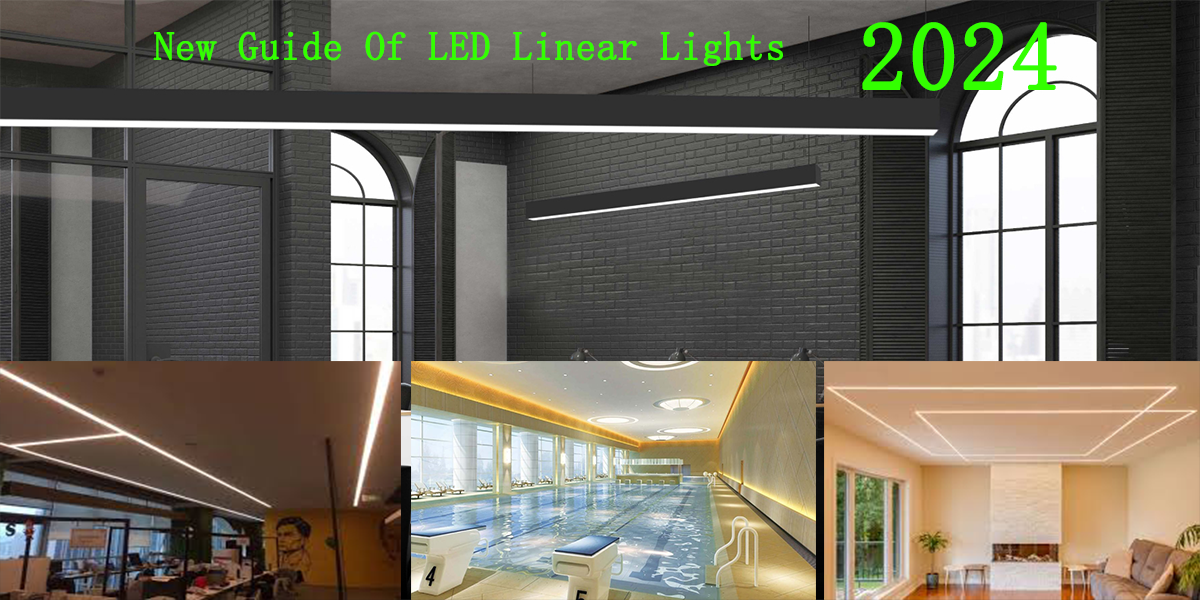
Understanding LED linearLights
Linear lighting is a type of lighting that uses long, thin light fixtures or LED strips to create continuous lighting. These fixtures can be in the form of tubes, channels, strip lights, linear pendants, or architectural lighting systems. Linear lighting can be mounted on walls, ceilings, or other surfaces using a variety of options, including recessed, suspended, or surface-mounted.
At their core, LED linear lights consist of a printed circuit board populated with Light Emitting Diodes (LEDs) that emit light when an electrical current passes through them. LED strip lights come in various lengths, colors, lumen, and features, allowing for customization to suit specific requirements and preferences. There are two types chip of LED linear lights, including strip chip and PCB chip. All of jarstart’s product are adopt with PCB board. Its quality and stability are better than strip's.
Types of Linear Lights:
1. LED Strips
LED strips are flexible, adhesive-backed strips that contain multiple LED chips. They come in various lengths and colors, making them ideal for accent lighting, under-cabinet lighting, and creative architectural installations.
2. Linear Pendant Lights
Linear pendant lights are suspended from the ceiling by cables, rods, or chains. They come in a variety of styles and configurations, ranging from minimalist designs to ornate fixtures with decorative elements. These lights are perfect for illuminating dining tables, kitchen islands, or conference room tables.
3. Recessed Linear Lights
Recessed linear lights are installed flush with the ceiling or wall, creating a seamless and unobtrusive lighting solution. They provide ambient illumination and are commonly used in hallways, corridors, and office spaces where space is limited.
4. Surface Mounted Linear Light
The products have many of the same elements as recessed products — the main difference is that they're mounted onto the surface of the ceiling or wall, rather than housed within it
5. Linear Track Lights
Linear track lights consist of a track system with adjustable fixtures that can be moved along the track to direct light where it’s needed. They are popular in retail settings, galleries, and museums for highlighting merchandise or artwork.
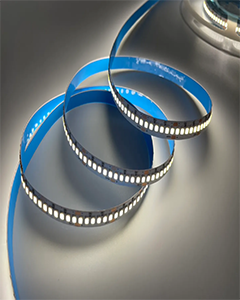 | 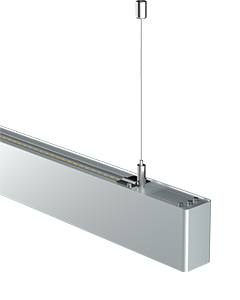 | 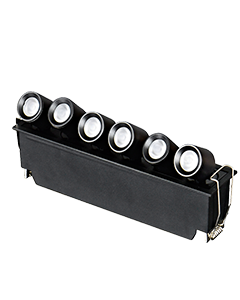 | 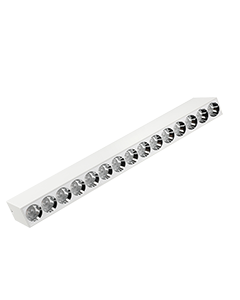 | 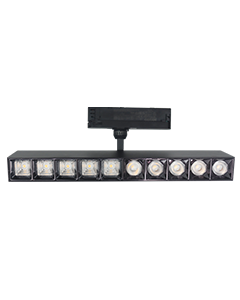 |
| Strip light | LLGC series(Up-Down) | LHC series | LMC series | XA Track light series |
Types Of LED linear Lights Source:
1. Single-color LED linear Lights. These are the simplest type of LED strip lights, emitting light in a single color such as white, warm white, cool white.
2. RGB LED linear Lights RGB (Red, Green, Blue) LED strip lights offer the flexibility to produce a wide range of colors by mixing different proportions of the three primary colors. This versatility makes them ideal for creating dynamic lighting effects and mood lighting.
3. Tunable White LED linear Lights Tunable white LED strip lights allow users to adjust the color temperature of the light output, ranging from warm white (3000K), natural white (4000K) to cool white ( 6000K). This feature is particularly beneficial for applications where lighting ambiance plays a crucial role, such as retail lighting.
Factors To Consider When Choosing LED Strip Lights
1. Brightness and Luminosity
The brightness of LED strip lights is mostly measured in lumen per meter. Consider the desired level of illumination for your space and choose LED strip lights with an appropriate brightness level.
2.Color Rendering Index (CRI)
CRI indicates how accurately a light source renders colors compared to sunlight. Opt for LED linear lights with a high CRI (typically above 80) for accurate color representation, particularly in settings where color fidelity is important, such as art galleries or makeup studios.
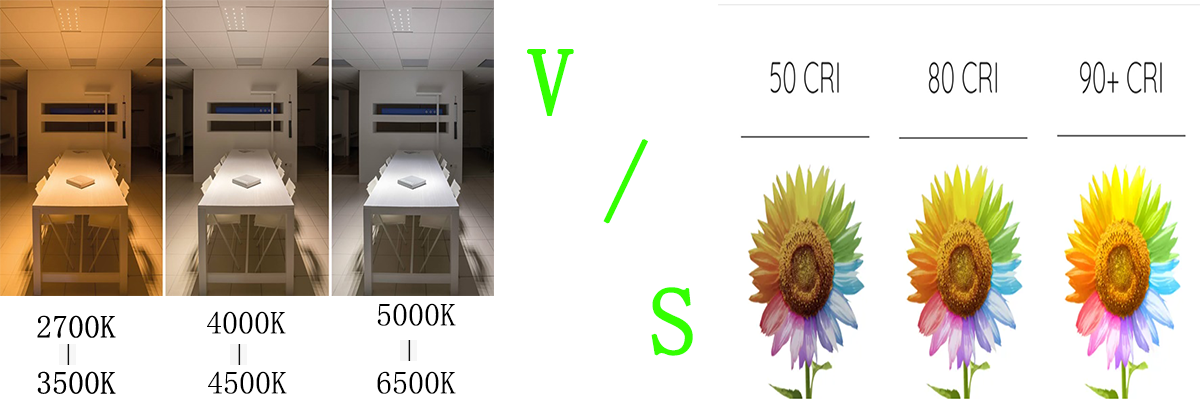
3. Water Resistance
If you intend to use LED linear lights in outdoor or damp environments, select models with a suitable IP rating to ensure protection against dust and water.
4. Dimming Options
Consider whether you require dimmable LED strip lights and explore compatibility with dimmer switches or smart lighting systems for convenient control and customization. Jarstar provide NON-dim, triac DIM, 0-10 Dim, DALI DIM.
5. Installation Environment
Assess the installation environment, including the style of interior design, material, size, and shape, to determine the most suitable mounting method and ensure proper adhesion and stability.
The shape of the linear light
With the development of the line light technology, the linear light is not only a straight line, but also the line light can be made into a variety of different shapes, splicing to form hexagons, triangles, quadrilateral or more patterns. Now, JARSTAR has launched a new products -peacock linear light. It's crooked, colorful, beautiful, hanging, can be used as decorative lights to embellish and beautify your space.
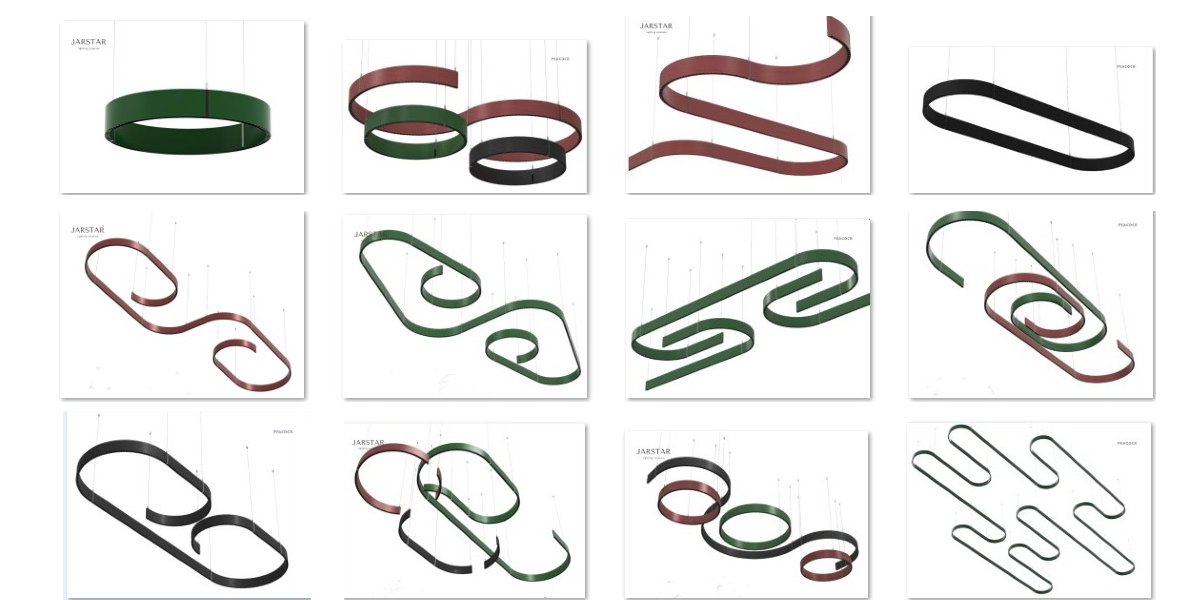
Conclusion
LED linear lights offer a versatile, energy-efficient, and aesthetically pleasing lighting solution for a wide range of applications. By understanding the different types, features, and considerations involved, you can harness the full potential of LED linear lights to illuminate and enhance any space with style and functionality. Whether you’re looking to add ambiance to your home, highlight architectural elements, or create captivating displays in commercial settings, LED linear lights provide endless possibilities for creativity and innovation in lighting design.